Illustration: China's economy continues to decline. (Photo by China Photos/Getty Images)
[People News] The “Made in China 2025” initiative, once championed during Li Keqiang’s tenure as Chinese Premier and touted by the CCP as a “ten-year war that cannot be lost,” was once the pride of nationalistic “little pink” netizens as evidence of China's rising power. However, since the outbreak of the COVID-19 pandemic, China’s manufacturing sector has suffered repeated setbacks. By January 2025, it could only be described as shameful. By June 2025, the situation worsened — even the Chinese National Bureau of Statistics publicly undermined the narrative of success. On June 30, the Bureau announced that the Purchasing Managers' Index (PMI) for the month was 49.7, marking the third consecutive month of contraction. In April, PMI stood at 49. In May, Caixin data showed an even more alarming figure of 48.3.
PMI (Purchasing Managers’ Index) is an internationally recognised indicator system for monitoring macroeconomic trends. It evaluates key aspects of manufacturing such as production, new orders, product pricing, inventory levels, employment, order fulfilment, export orders, and imports. The composite index is calculated using a weighted formula: new orders (30%), production (25%), employment (20%), supplier performance (15%), and inventory (10%). A PMI above 50% indicates economic expansion; below 50% signals contraction.
Many Chinese netizens have posted videos voicing concern over the bleak outlook for manufacturing. Analysts believe the effects of the U.S.-China trade war are beginning to manifest in full force.
A June 30 report by The Wall Street Journal said the continued PMI contraction over three months is largely due to sustained pressure from trade friction with the United States, compounded by weak domestic demand and a full-blown real estate crisis, creating a vicious cycle for both the economy and manufacturing.
Reuters previously reported that China's factory activity has stalled because export manufacturers are adopting a wait-and-see attitude, hoping for a longer-term trade truce with the U.S. AFP noted that China is grappling with weak domestic demand, persistently high youth unemployment, and an ongoing property sector crisis.
David Huang, a U.S.-based economist, argues that China's manufacturing slump is not just due to weak global demand. It also results from the global supply chain's "de-risking" restructuring, geopolitical trust collapse, and increasing export controls. “Made in China” is undergoing a “drip-fed recession,” Huang says. He describes small and medium-sized enterprises (SMEs) — once the backbone of Chinese manufacturing resilience — as now steadily collapsing. “When the capillaries fail, the economic body begins to go into shock.” The consequences of weak internal and external demand have not yet fully materialised.
Currently, scenes of economic despair are unfolding across China: not only are SMEs shutting down and stores in large, medium, and small cities closing their doors, but an even more alarming trend is widespread youth unemployment and nationwide consumption fatigue. The once feverish real estate expansion has turned into a precipitous collapse. These phenomena are deeply tied to the CCP’s authoritarian and exploitative system.
On June 26, blogger "Squad Leader Qian" said: “I took a walk around nearby areas in the last couple of days. About 70% of the large factories have already shut down.”
Another blogger, “3C Digital Xiaojian,” identified three main causes of manufacturing collapse: unpaid receivables swallowing profits, vicious price wars, and innovations being quickly copied by competitors. He lamented: “These three heavy burdens are crushing us — manufacturing is really too hard now.”
Some netizens openly stated that the Chinese system’s suppression of private enterprises, backward decision-making (“the butt leads the brain”), exploitative treatment of citizens, and distrust of foreign firms — all rooted in the CCP’s greed-driven model — have led to terrifying levels of youth unemployment and economic stagnation. This vicious cycle only guarantees that 2025 will be a year of “CCP-made disaster.”
The collapse of businesses and economic depression has triggered a wave of unemployment that is more frightening than many had imagined. According to China’s National Bureau of Statistics, the official urban unemployment rate for May was 5%. But in reality, many say the suffering is far worse.
Netizens point out that the official numbers are severely underreported — even falsified. The criteria used to define “unemployed” only include those who were previously employed, dismissed, and still receiving unemployment benefits within two years in urban areas with household registration. The authorities’ fear is evident: online comment sections about unemployment are often closed — a clear sign of suppression.
A netizen @xiaoyi posted: “The job market today is full of holes, and human suffering is everywhere. I’m based in Shanghai. Graduated from a top school with both a bachelor's and a master’s degree. I’ve spent 13 years in primary market equity investment. Last year, I was laid off. In the past six months, I’ve sent out over a thousand resumes and received no responses. I’ve battled anxiety and depression. I changed jobs three times in half a year — all of them were traps. Just jumping from one deep pit to a slightly shallower one. Everyone around me — even those from better schools with stronger backgrounds — is now unemployed, laid off, or unable to find work. It has become the norm.”
Liu Yuanchun, President of Shanghai University of Finance and Economics, Party Secretary, economist, member of the 14th National Planning Committee, and a researcher with the State Council’s Financial Research Office, warned CCP leaders back in July 2023: “On one side, we have a severe economic contraction. On the other hand, over 12 million college graduates enter the workforce each year. The youth unemployment wave may last a decade. Marriage and birth rates will certainly collapse, leading to societal breakdown and possibly a political crisis.” Liu concluded that China’s problems may become “unprecedented in human history.” In the not-so-distant future, the country could face a hell mode: long-term debt deflation, structural labour surplus, pension system collapse, public service failure, and humanitarian disasters — all of which are increasingly inevitable.
(Originally published by People News)

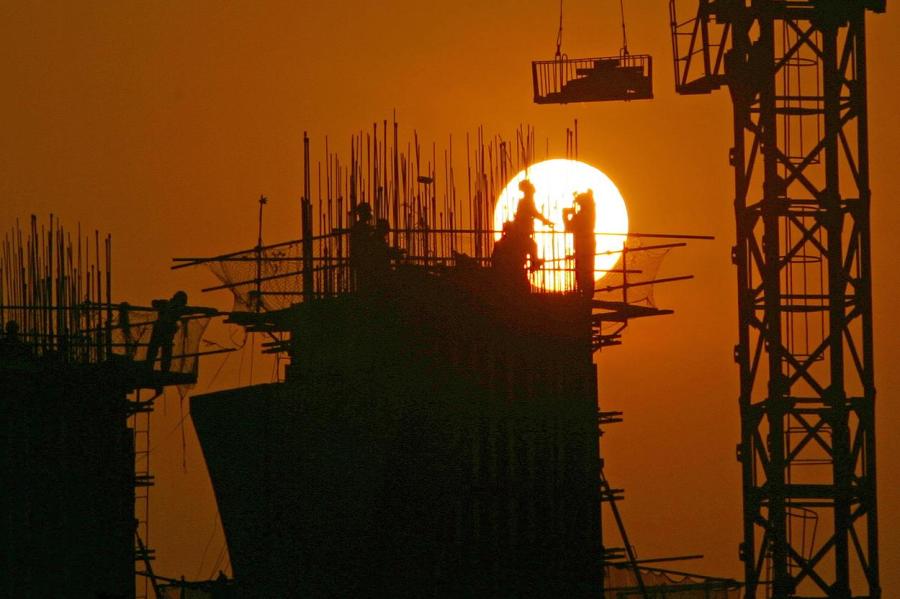


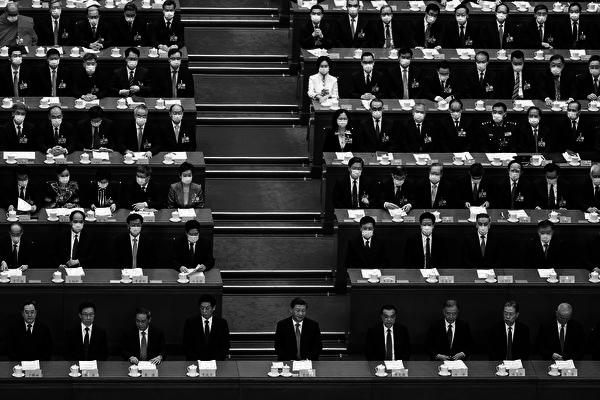

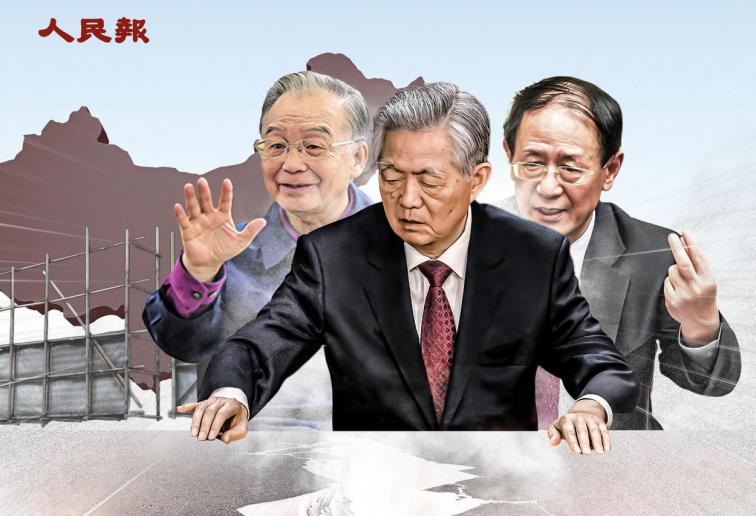
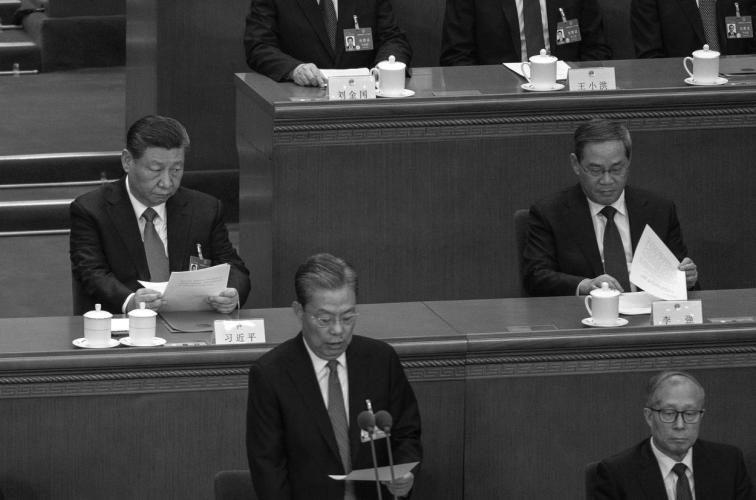
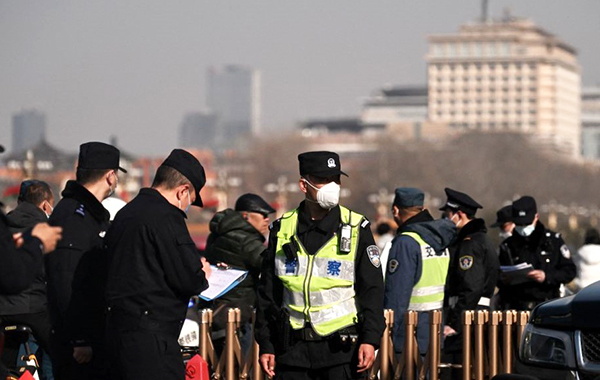


News magazine bootstrap themes!
I like this themes, fast loading and look profesional
Thank you Carlos!
You're welcome!
Please support me with give positive rating!
Yes Sure!